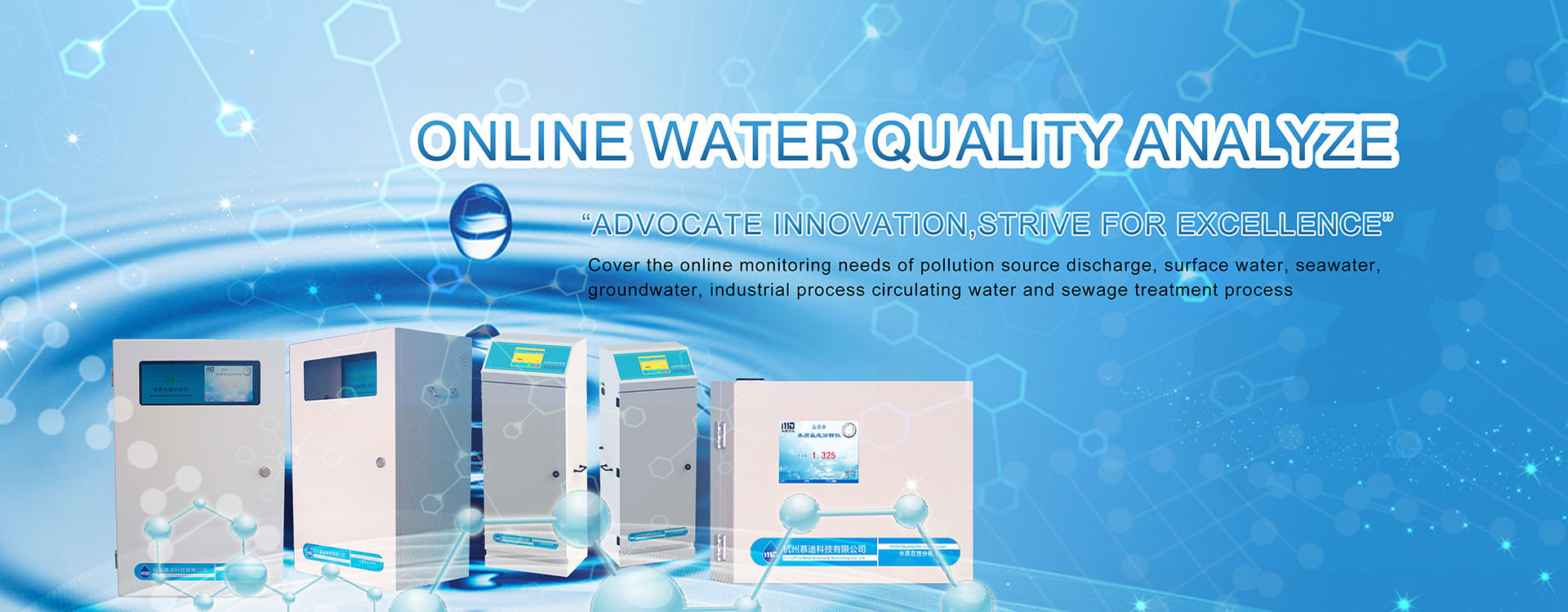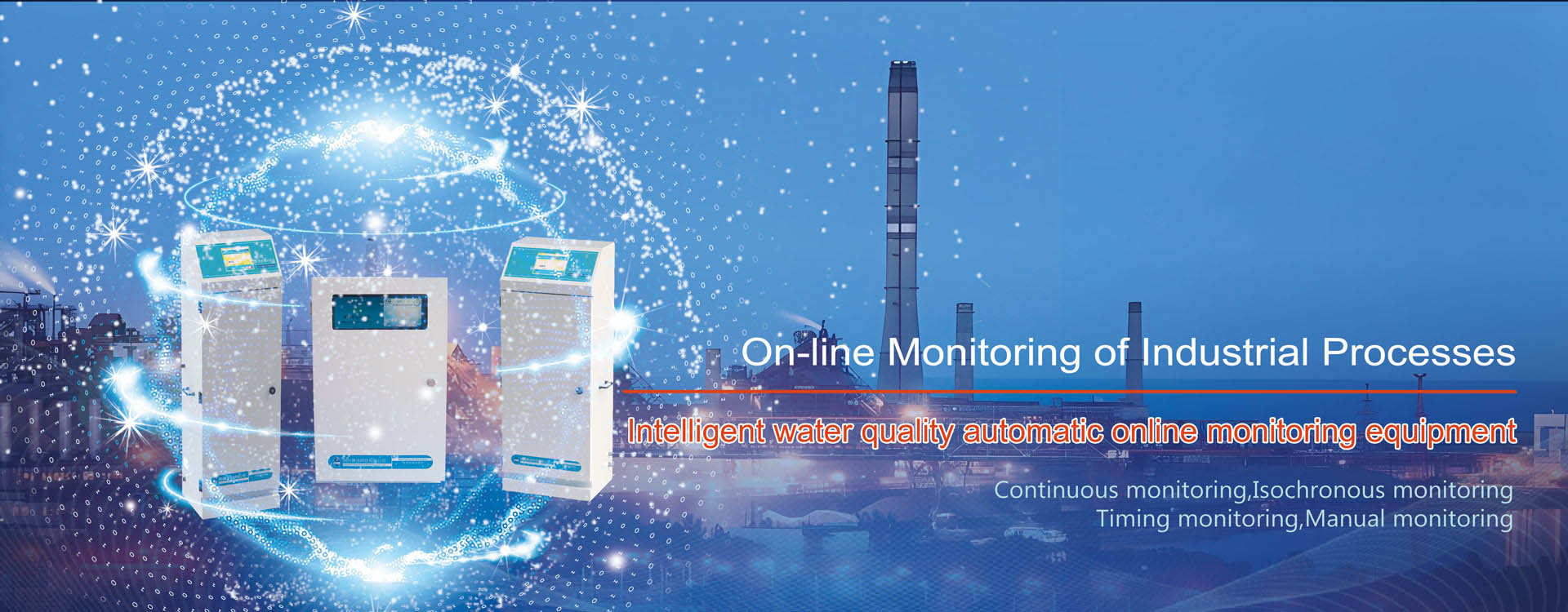Water quality testing mainly involves using certain methods to detect water quality issues. However, the test data is usually not represented by limit numbers. Coupled with the insufficiency of scientific and technological capabilities and other aspects, there is a certain gap between the test value and its authenticity, which is called “error”. What are the causes of errors in water quality testing instruments? It can be viewed from the following points:
If errors are classified according to their nature and production, they can be divided into three possible types: systematic errors, random errors, and negligent errors.
1.Systematic error, which can also be called measurable error, constant error, etc., refers to the error between the total value of the detected quantity, the overall mean and the true value. It is caused by some constant factors during the working process. For instance, the more turbid the water is, the greater the detection error will be. In severe cases, it may even lead to undetectable water quality. Moreover, using unsuitable instruments to test certain parameters of water quality and so on May also cause large errors in water quality detection. If under certain conditions, the system’s error will repeatedly manifest itself, and if the repeated detection data are almost the same multiple times, there is no need to continue, which only indicates that the error of the equipment itself is large.
2.Random error, which can also be called accidental error, etc., is mainly caused by the combined effect of various random factors during the detection process. This error can affect the measurement results due to many uncontrollable or minor fluctuations in control factors! If the detection process is caused by factors such as environmental issues, it can be regarded as the accumulation of errors resulting from a large number of random factors.
3.Gross error, also known as gross error. This kind of error obviously distorts the measurement results. This is because the working engineering values have made mistakes that should not have been placed, such as poor maintenance, adding the wrong reagents, using the wrong samples, etc., all of which may cause errors. There is no definite pattern to follow for negligent errors.
In fact, for this type of testing instrument, the possibility of having no error at all is very small. Therefore, what we should do is to reduce the occurrence of errors and ensure they are within an acceptable range!




